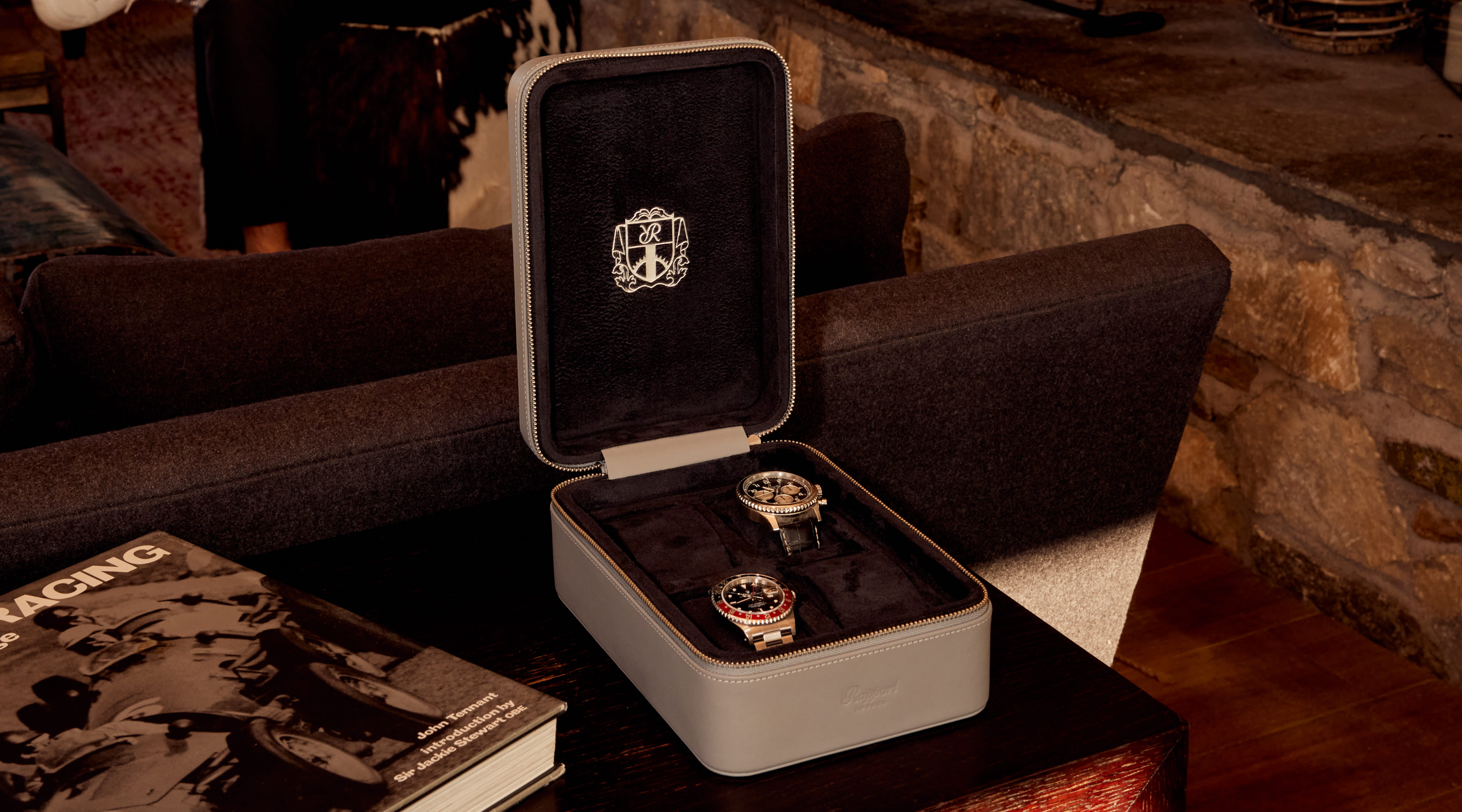
What Makes Luxury?
While quality, comfort, and elegance are typically associated with the concept of luxury, people around the world are beginning to associate it with a number of other aspects. Today's definition of luxury is different than we’ve seen for previous generations.
Affluent consumers may be spending more on luxury goods and services than ever before, sometimes using these purchases to help build their image. In fact, luxury purchases these days go far beyond items that are pricey, made by coveted brands, or simply difficult to get hold of. Rapport London is going to give you an insight into when luxury watches first started appearing.

Around 1510, Peter Henlein, a German locksmith and clockmaker from Nuremberg, created a small, portable, ornamental spring-powered brass clock. At the time, these clocks were rare and expensive accessories that were fashionable with the elite. These clocks, which could be regarded as the first luxury watches, were worn as pendants or attached to clothing.
Another advancement in horology was made in 1675, this time by Christiaan Huygens, a Dutch mathematician, physicist, engineer, astronomer, and inventor. He invented the spiral balance spring, which made it possible to miniaturise watches and produce thin pocket watches. The most desired piece of jewellery a gentleman could own was a pocket watch.
During the Industrial Revolution, the precision of timepieces hit new levels of obsession as in the new society, arriving on time meant wealth and education to know exactly what time it was. It was during this period that it became fashionable to be busy, and by wearing a pocket watch, you commanded respect.
Watchmakers became aware of the desire for low-cost timepieces during the American Civil War. American watch companies reduced the production cost through mechanisation and started to make low-cost watches accessible to all. However, Swiss watchmakers had no desire to follow these rules and kept on focusing on quality and precision. Thus, by 1900 Swiss watch companies like Rolex were exporting 7 million timepieces per year.
The wristwatch was introduced at the end of the 19th century, and was mainly seen as woman’s jewellery. During World War I, men moved from pocket watches to wristwatches. Wristwatches were more convenient for daily wear, but the early self-winding mechanical watches were fragile. In 1926, Rolex made a sensation by introducing the Oyster, the first water and dust resistance wristwatch with a screw-down caseback, crown and bezel.

Due to their strong survival mechanism, luxury watches survived through wars and revolutions. Wristwatches are seeing a renaissance as status symbols nowadays, speaking about the wearer's taste and social position through the thousands of types and designs available on the market.

